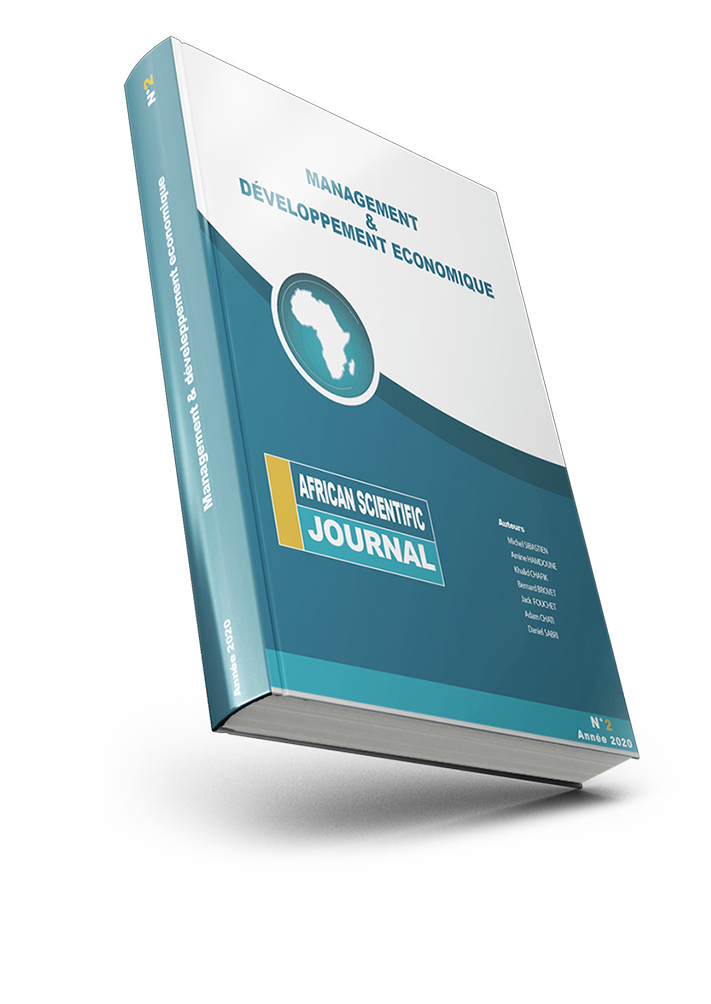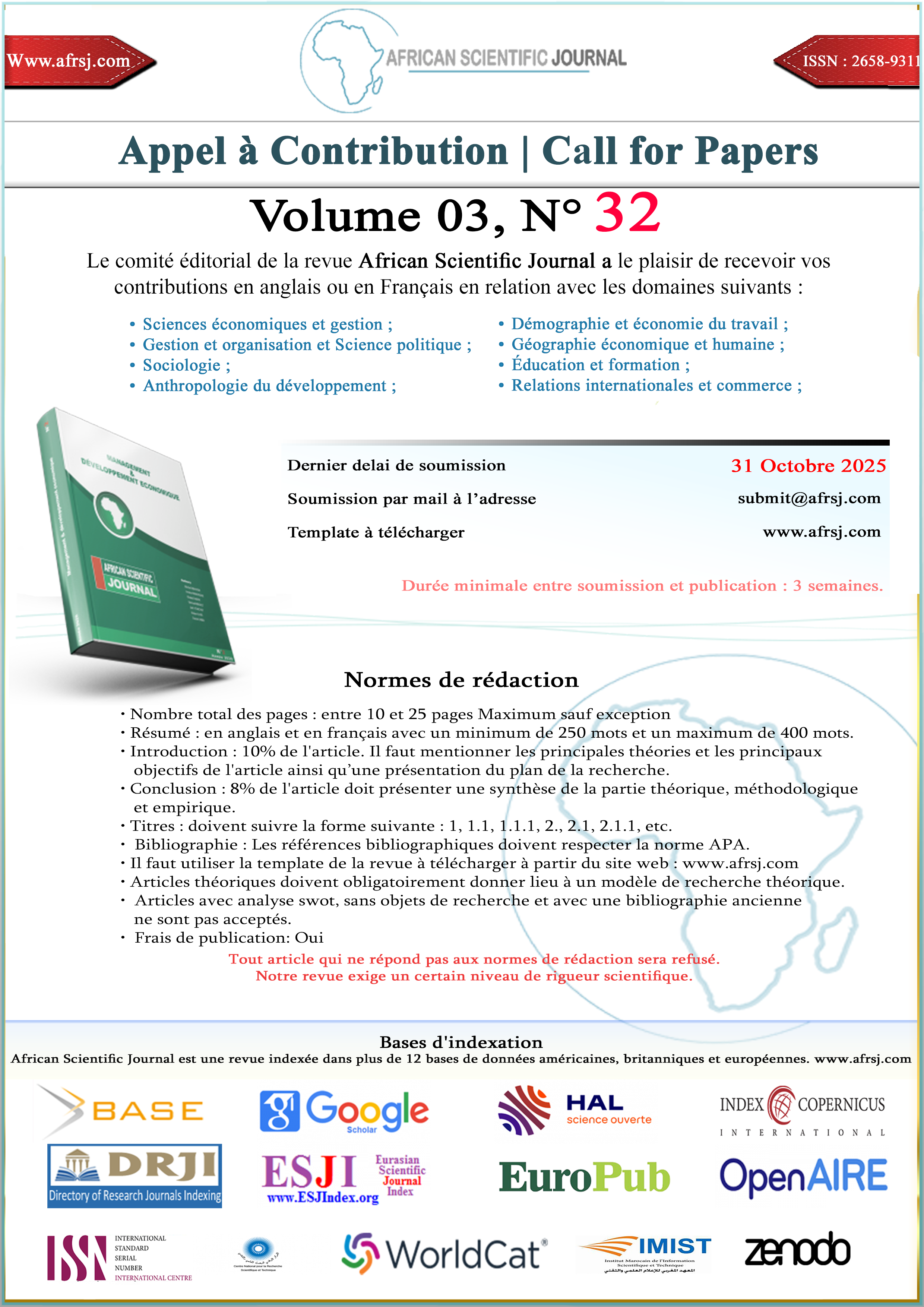Africa-Morocco: An imminent demographic mixing
DOI:
https://doi.org/10.5281/zenodo.7892494Keywords:
Africa, demography, Morocco, migration, prospects, optimal population theoryAbstract
Our planet Earth will reach ten billion people in the next six decades, of which nearly four out of ten will be African. These perspectives, which are based on significant trends that have been developing over the centuries, are imminent and will be realized, regardless of the different data that our planet will experience. It is therefore important, and even urgent, to reflect on the consequences of these perspectives.
The authors follow these perspectives and suggest a series of reflections on future migration movements that will concern Africa and Morocco in particular. This paper provides the groundwork for this reflection, based on the theory of optimal population, which will be developed in a series of papers that address this important issue.
Analysis of the optimal population theory in the Moroccan context shows that the country has a significant number of residents that exceeds the productive capacity of any individual while maintaining a decent standard of living. Thus, the imminent mass arrival of sub-Saharan migrants, as well as refugees, may not contribute fully to the country's development and may lead to multiple social, economic, cultural and environmental problems. However, if the leaders of the origin and host countries take the necessary measures for a controlled and regulated immigration, these migrants can constitute a considerable human resource.
Downloads
Published
How to Cite
Issue
Section
License
Copyright (c) 2023 African Scientific Journal

This work is licensed under a Creative Commons Attribution-NonCommercial-NoDerivatives 4.0 International License.





















